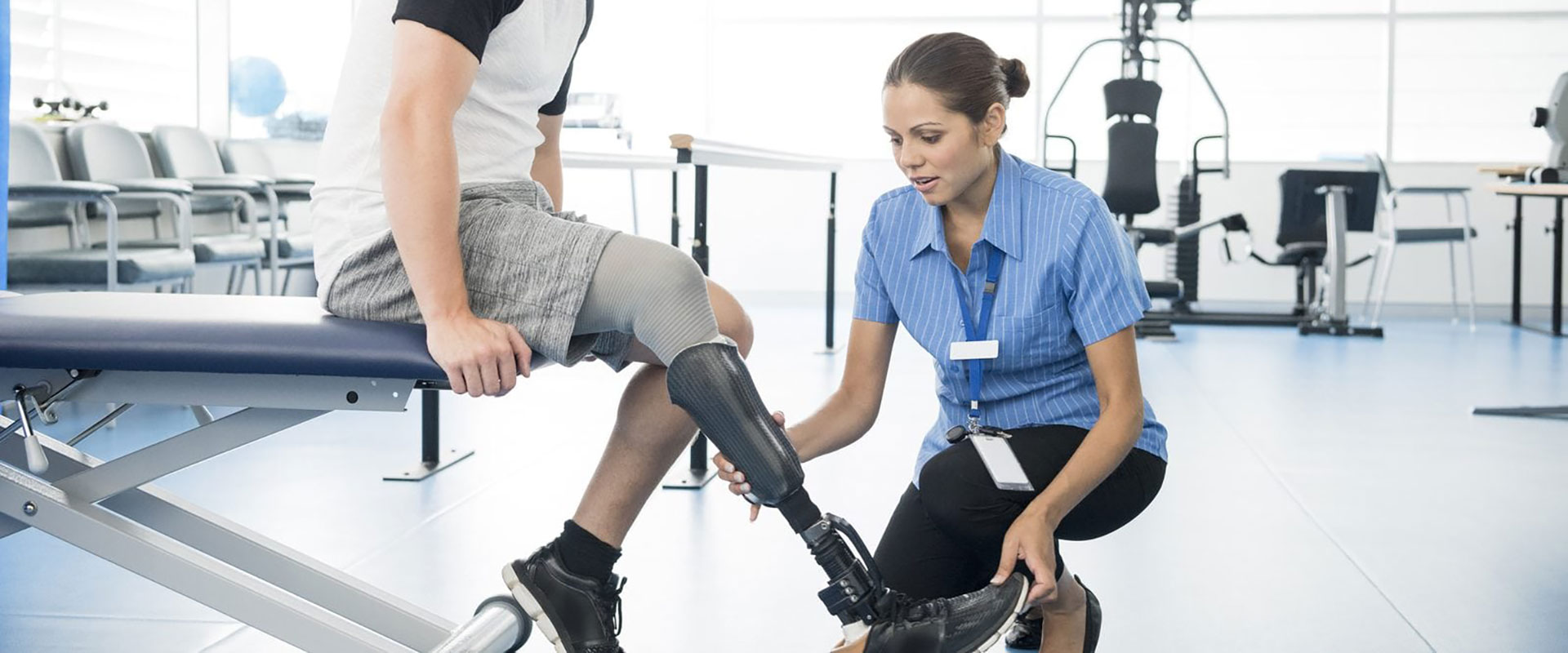What is an
Orthotist / Prosthetist?
Orthotist/prosthetists are tertiary qualifed allied health professionals who assess and treat the physical and functional limitations of people resulting from illnesses and disabilities, including limb amputations.
What does an orthotist/prosthetist do?
The orthotist/prosthetist’s role is to assess, prescribe, design, fit, monitor, provide therapy and educate regarding the use and care of an appropriate orthosis/ prosthesis that serves an individual’s requirements. Orthotist/prosthetists treat a wide variety of clients such as children born with congenital limb deficiency or cerebral palsy, people who have had an amputation following an accident, patients with muscular weakness after a stroke or spinal injury, patients with diabetic foot ulcers or the elderly who have lost a limb as a result of vascular disease.
Commonly prescribed orthoses include:
- Foot Orthoses (FOs) - for various foot, leg or postural problems
- Ankle Orthoses (AOs) and Knee Orthoses (KOs) - for joint protection, pain reduction or support after surgery
- Ankle-Foot Orthoses (AFOs) and Knee-Ankle-Foot Orthoses (KAFOs) - to improve mobility, support rehabilitation and biomechanical goals
- Various upper-limb orthoses - to provide positional and functional support to the upper limb
- Fracture orthoses - the modern alternative to plaster or breglass casts
- Spinal Orthoses - to correct or control spinal deformities and injuries and to provide immobilisation or support to spinal injuries.
There are a wide variety of prefabricated and custom-made orthoses used for many musculo- skeletal problems. They are specialised devices and should always be fitted by a fully qualified orthotist/prosthetist.


